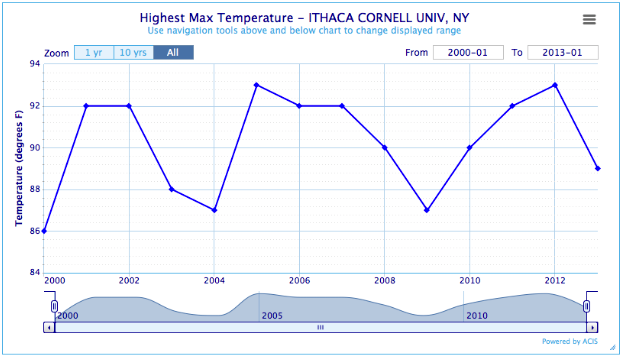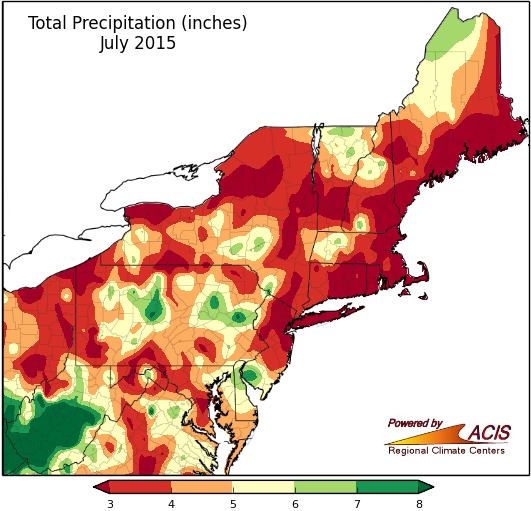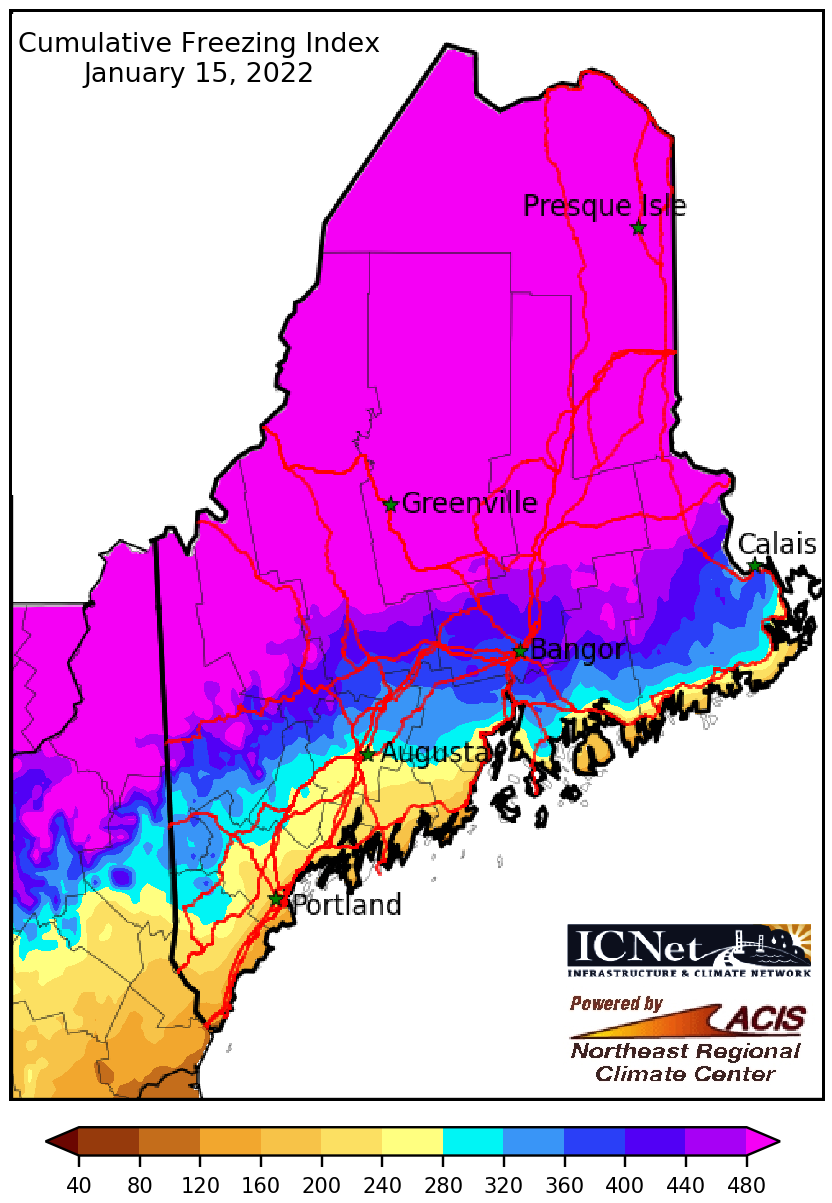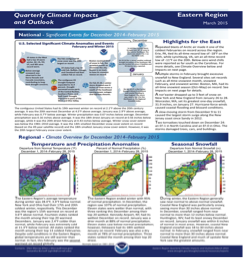

White Christmas (2025)
What are our chances of a white Christmas? We’ve calculated the probabilities for an inch of snow on the ground on December 25th, based on data from 1991-2020, for select Northeast cities.
Read more in the NRCC BlogNortheast News

More of the Same for Most
While most of the Northeast saw little change drought and/or abnormally dry conditions this week, there were a few areas where conditions either deteriorated or improved. Deterioration was driven in large part by significantly reduced streamflow, while improvement was due to locally beneficial precipitation. Groundwater levels continued to be at record to near record lows in multiple locations.
- Severe coverage expanded slightly in northwestern New Jersey.
- Moderate drought and/or abnormal dryness grew in coverage in western Maryland, Pennsylvania, New Jersey, and southeastern New York.
- Moderate drought and/or abnormal dryness contracted in southeastern West Virginia, southeastern Delaware, and northern New York.
- Seven-day streamflow was normal or lower for much of the Northeast, with record low flows in a few spots like southern New Jersey, eastern Pennsylvania, and eastern New York.
- Groundwater levels remained below normal in multiple areas, with record low levels persisting in parts of northern New England, western New York, northeastern and south-central Pennsylvania, and much of New Jersey.
- The short-term outlooks for December 16-20 favor near-normal temperatures and near- to above-normal precipitation for a large portion of the Northeast.
Website Highlights
Weather Station Data
Weather Station Data includes location-specific information, such as wind data, evapotranspiration, and daily almanacs.

CLIMOD 2 is a user-friendly website to find single-station and multi-station climate products for locations accross the country. For example, the Seasonal Ranking report produces a graph and table of extremes or other summaries for a specified period for each year.
Go to CLIMOD 2State & Regional Analyses
These provide several map types, regional climate summaries, snow survey data, and drought information.

The Monthly Maps offer a variety of monthly precipitation and temperature departure maps for any given month for the Northeast region or a selected state.
Go to Monthly Map pageAnalyses for Industry
Analyses for Industry shows products the NRCC has created through partnerships with various industries.

The Roadway Freezing/Thawing page has cumulative freezing and thawing index maps for Maine, New Hampshire, and the Northeast region. The Minnesoata Department of Transportation has recommended guidelines for applying and removing winter weight premiums and spring load restrictions based upon these indices.
Go to Road Freeze/Thaw PageWebinars & Workshops
Webinars & Workshops provides recordings and presentations from the monthly webinar series, as well as information on past and upcoming workshops.

The Northeast Regional Climate Center hosts a monthly webinar series with NOAA affiliates to address timely weather topics.
Go to Monthly WebinarsPublications & Services
Publications & Services includes the NRCC blog, quarterly outlooks, as well as other reports and publications.

The Quarterly Outlooks are seasonal climate highlights and outlook for the upcoming season for the Eastern, Region, Great Lakes, and Gulf of Maine. Published in March, June, September and December.
Go to Quarterly Reports